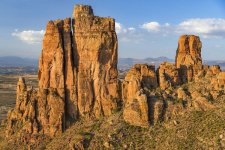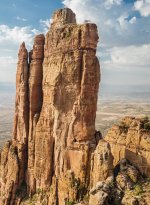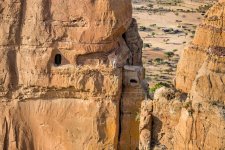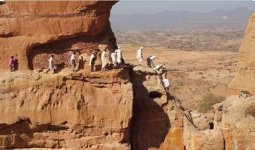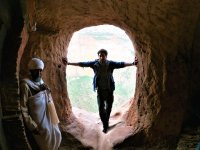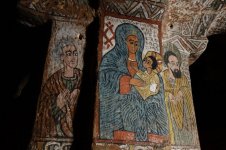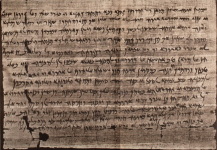Crow
Silver Member
- Jan 28, 2005
- 3,723
- 10,355
- Detector(s) used
- ONES THAT GO BEEP! :-)
- Primary Interest:
- Other
Gidday amigos
The well of souls usually have carpet laid over the tiles with in the cave below. recently the carpet was changed and their was a mother of all arguments nearly rioting over that imagine some one trying open up the sealed hatch over the shaft under the cave floor.
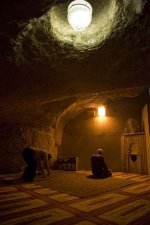
The hole in ceiling leads to the holy of holies the inner sanctum of the second temple where the ark of the covenant sat. Which the dome of the rock sits over now.
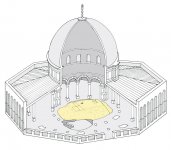
The well of souls is also known as cave of spirits. Legend say you could hear voices in the cave.
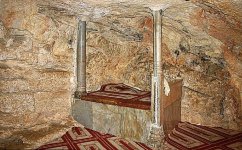
Now the caves sits on a natural shaft a sink hole that is intercepted at the bottom with Cannite tunnel from Gihon spring thus the tunnel has unique acoustic abilities you can hear voices far below in the water tunnel. That could be the solution that one time the shaft was used as access to water.
Question is is there any and side tunnels off this shaft
Crow
The well of souls usually have carpet laid over the tiles with in the cave below. recently the carpet was changed and their was a mother of all arguments nearly rioting over that imagine some one trying open up the sealed hatch over the shaft under the cave floor.

The hole in ceiling leads to the holy of holies the inner sanctum of the second temple where the ark of the covenant sat. Which the dome of the rock sits over now.

The well of souls is also known as cave of spirits. Legend say you could hear voices in the cave.

Now the caves sits on a natural shaft a sink hole that is intercepted at the bottom with Cannite tunnel from Gihon spring thus the tunnel has unique acoustic abilities you can hear voices far below in the water tunnel. That could be the solution that one time the shaft was used as access to water.
Question is is there any and side tunnels off this shaft
Crow
Last edited:


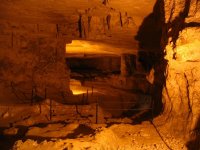
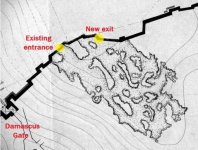
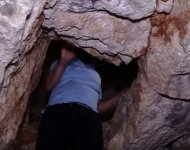
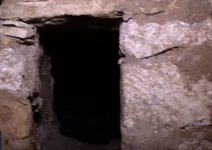
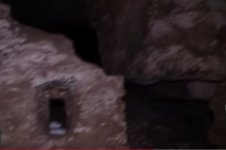

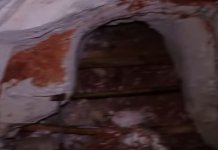
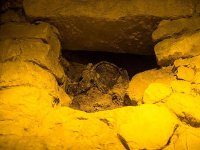

 What about Area 54...?
What about Area 54...? 

